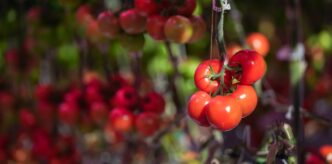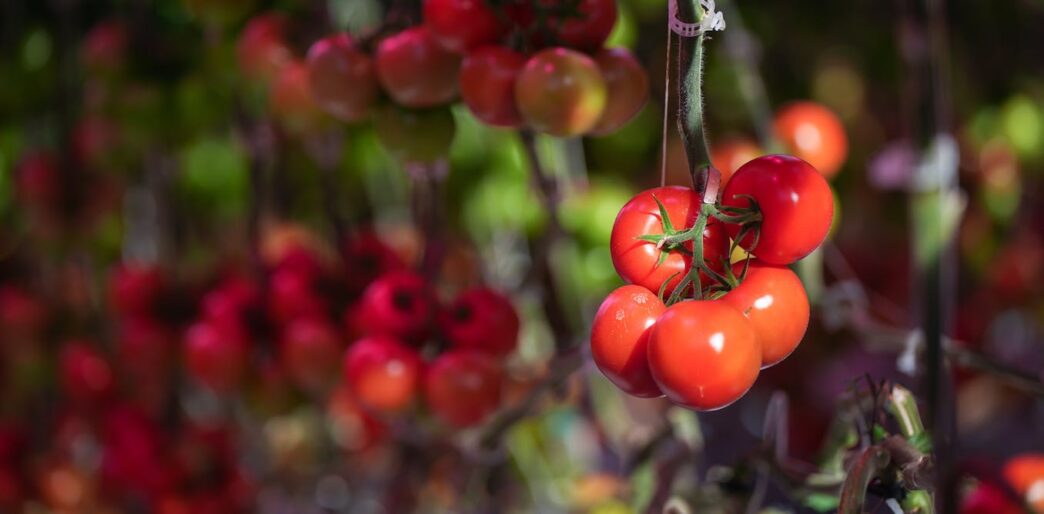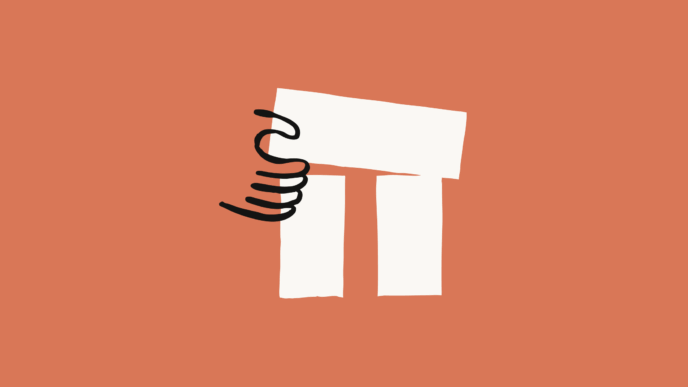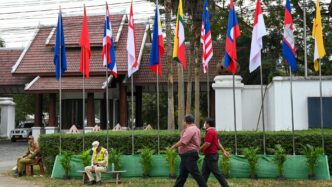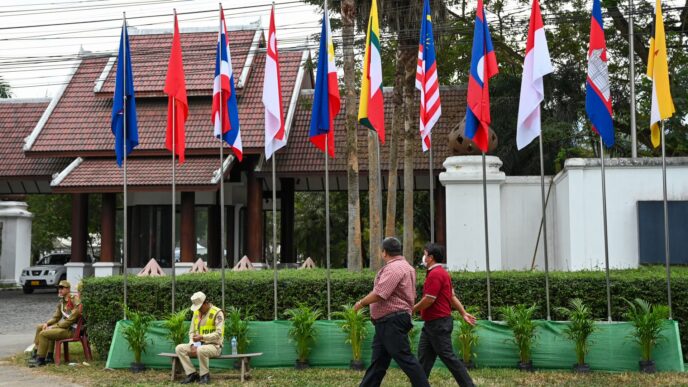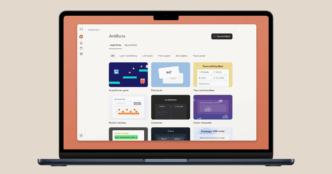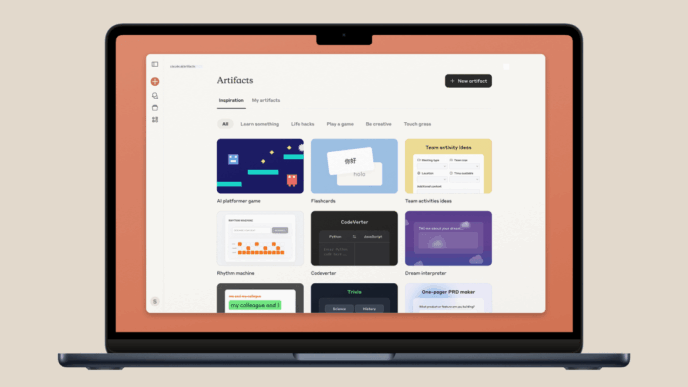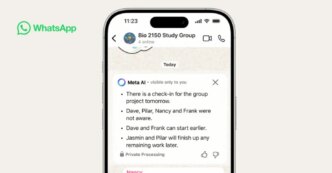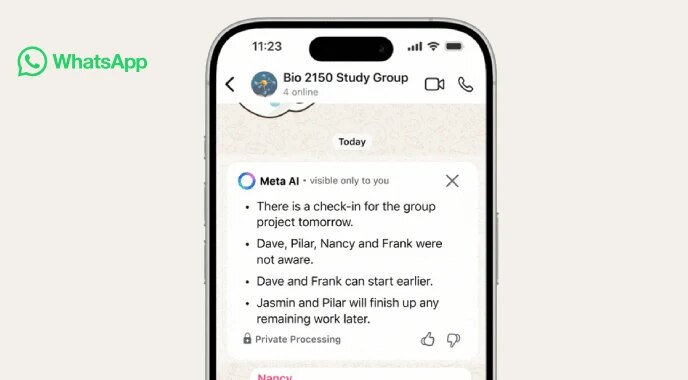Simon Fraser University just rolled out an AI-powered robot that autonomously monitors tomato plants’ water needs. The prototype uses electrical signals from the plants themselves to gauge hydration, eliminating guesswork and manual watering.
The bot reads plant electrophysiology in real time. An AI algorithm then decides when and how much to water. This promises more precise irrigation, cutting water waste and improving crop health.
Conventional methods like drip irrigation and soil moisture sensors exist but still fall short on responsiveness and accuracy. Agriculture uses most of global water supplies, and over two billion people face water scarcity. This tech aims to slash waste where it matters most.
The SFU team’s sensing robot enables continuous, non-invasive plant monitoring, making automatic watering highly efficient. Combining these sensors with AI creates precision watering tuned exactly to plant needs.
The research group is also working on expanding from greenhouses to outdoor farms. They partnered with communities in Tanzania and Asia-Pacific countries, adapting the tech for areas hard-hit by water shortages and climate challenges.
Their goal: affordable, easy-to-use robots that smallholder farmers worldwide can deploy. These systems could scale to manage nutrients, environment, and disease detection—not just irrigation.
The effort aligns with UN sustainable development goals to fight hunger. SFU stresses international collaboration to share knowledge, improve policies, and speed smarter farming tech across the globe.
“Our non-invasive sensing robot improves this process by enabling continuous and efficient monitoring of plant health, making automation more responsive and effective.”
“With these improvements fully autonomous agriculture is becoming feasible. This technology goes beyond irrigation, using robotic sensing to interpret plant signals and enable autonomous nutrient management and environmental monitoring.”
